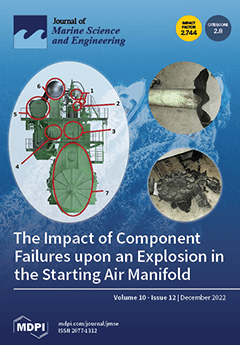In order to investigate the rhythmic changes in gene expression in the liver of mackerel tuna (
Euthynnus affinis) under sunny and cloudy conditions, this experiment had four sampling times (6:00, 12:00, 18:00 and 24:00) set on sunny and cloudy days to
[...] Read more.
In order to investigate the rhythmic changes in gene expression in the liver of mackerel tuna (
Euthynnus affinis) under sunny and cloudy conditions, this experiment had four sampling times (6:00, 12:00, 18:00 and 24:00) set on sunny and cloudy days to determine the expression of their immune, metabolic and rhythmic genes. The results showed that daily rhythmicity was present within most of the rhythm genes (
CREB1,
CLOCK,
PER1,
PER2,
PER3,
REVERBA,
CRY2 and
BMAL1), metabolic genes (
SIRT1 and
SREBP1) and immune genes (
NF-kB1,
MHC-I,
ALT,
IFNA3,
ISY1,
ARHGEF13,
GCLM and
GCLC) in this study under the sunny and cloudy condition (
p < 0.05). The expression levels of
CREB1,
PER1,
PER3,
RORA,
REVERBA,
CRY1 and
BMAL1 within rhythm genes were significantly different (
p < 0.05) in the same time point comparison between sunny and cloudy conditions at 6:00, 12:00, 18:00 and 24:00; metabolic genes had the expression levels of
LPL at 6:00, 12:00, 18:00 and 24:00 in the same time point comparison (
p < 0.05); immune genes only had significant differences in the expression levels of
IFNA3 at 6:00, 12:00, 18:00 and 24:00 (
p < 0.05). This study has shown that rhythm, lipid metabolism and immune genes in the livers of mackerel tuna are affected by time and weather and show significant changes in expression.
Full article





